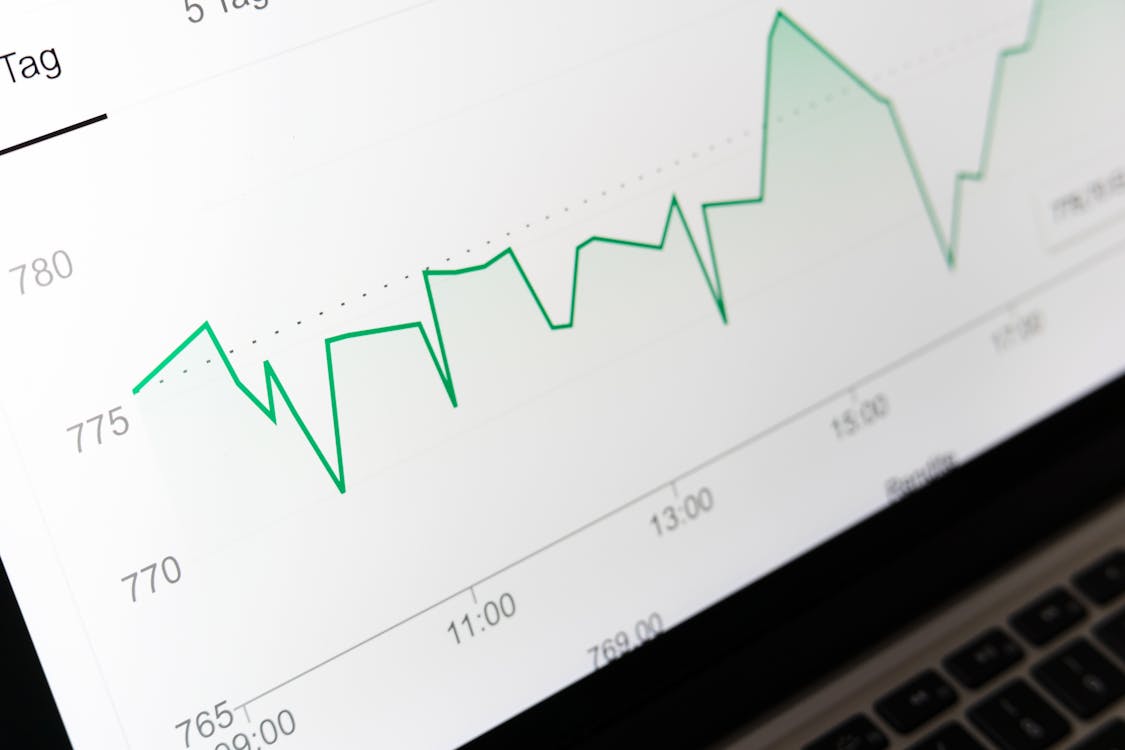Is India Missing Its Demographic Dividend? Slow Growth Raises Concerns

Image Source: Pexels
- India's GDP growth slowed to 5.4% in Q2 2024, the weakest in almost two years.
- Investment banks are downgrading their full-year growth forecasts for India.
- The RBI faces pressure to consider interest rate cuts despite inflation concerns.
India’s economic growth has decelerated to its slowest pace in almost two years, raising concerns about the nation’s overall economic outlook for the fiscal year ending March 2025.
The Statistics Ministry announced on Friday that the Gross Domestic Product (GDP) grew by 5.4% in the three months ending September 2024, marking the weakest performance since the fourth quarter of 2022.
This figure falls significantly short of the Reserve Bank of India’s (RBI) projection of 7% growth for the period.
The unexpected slowdown has prompted several investment banks, including Goldman Sachs, to revise their GDP growth forecasts downwards, with some predicting growth as low as 6.4% for the full fiscal year.
Pressure mounts on the Reserve Bank of India
The disappointing GDP figures place increased pressure on the RBI to consider a potential interest rate cut.
The central bank currently forecasts 7.2% growth for the entire year.
However, with the latest data indicating a weaker-than-expected performance, the possibility of a rate cut at the upcoming monetary policy decision on December 6th has become a topic of considerable discussion.
Sakshi Gupta, an economist at HDFC Bank Ltd., told Bloomberg, “While we expect the RBI to keep the policy rate unchanged at its meeting next week, the possibility of a move in the February policy for a rate cut has increased.”
The yield on India’s 10-year bond dropped 5 basis points to 6.76% following the GDP announcement, reflecting the market’s reaction to the slower-than-expected growth.
Underlying factors contributing to the economic slowdown
The decline in last quarter’s growth is largely attributed to weaker performance in key sectors.
Manufacturing, electricity and gas production experienced notable slowdowns, while the mining sector even contracted.
Several economic factors have contributed to this slowdown, including a slump in company profits, falling wages, and persistent inflationary pressures.
Despite these headwinds, the RBI has maintained its policy rate unchanged for nearly two years, with Governor Shaktikanta Das recently characterizing a rate cut at this juncture as “very risky” given the ongoing inflation concerns.
Political and social implications of slowing growth
The economic slowdown’s impact extends beyond purely financial concerns.
High borrowing costs, a point recently raised by prominent ministers in Prime Minister Narendra Modi’s government, including the finance minister, are hindering economic progress.
Furthermore, weak growth threatens India’s ability to fully leverage its demographic dividend.
The rising unemployment rate, particularly among young people, emerged as a major political concern during this year’s elections, contributing to the ruling party’s less-than-stellar performance at the polls.
More By This Author:
Earnings Show The Holiday Season Has Not Lifted Sales Of All RetailersUK Home Sales And Prices Set To Soar Ahead Of April Stamp Duty Changes
Google Faces Antitrust Probe In India Over Gaming App Policies
Disclosure: Invezz is a place where people can find reliable, unbiased information about finance, trading, and investing – but we do not offer financial advice and users should always ...
more


